The History of CliftonStrengths
It started as one man's mission to make a contribution to human development.
Learn how Don Clifton created the strengths-based development movement and empowered millions to be their best self.
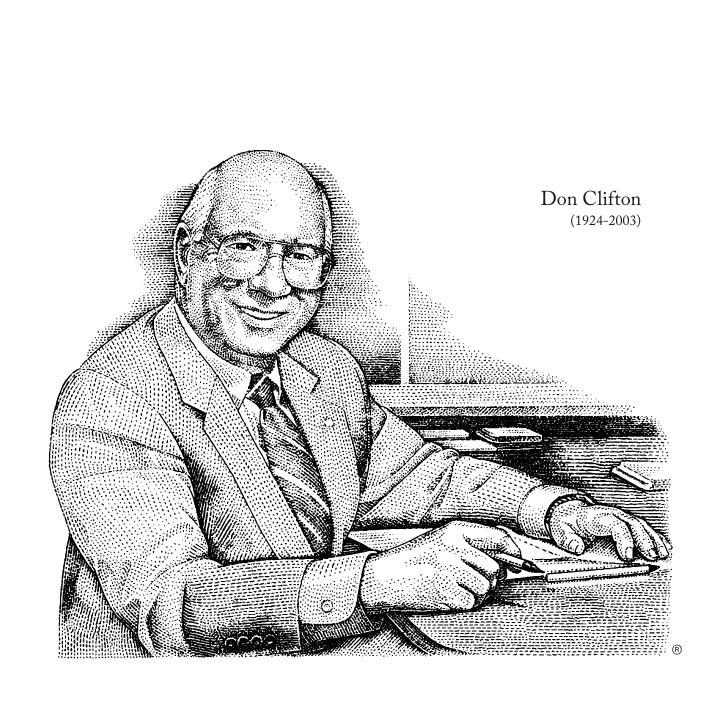
Don Clifton's Desire to Change the World Through Empowering Human Development
The global strengths movement started six decades ago when Don Clifton posed a simple question:
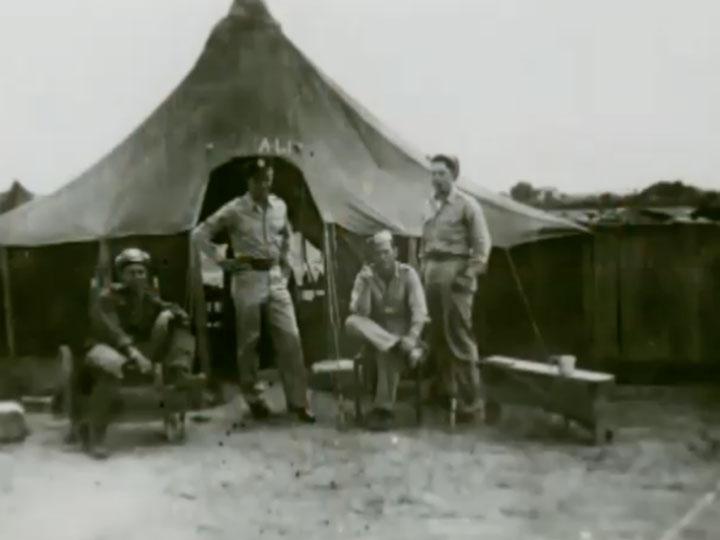
Don Clifton serving in World War II
When Clifton returned from World War II -- after flying B-24s as a navigator and bombardier, for which he received a Distinguished Flying Cross for his heroism during his 25 successful bombing sorties -- he felt that he had seen enough of war and wanted to spend the rest of his life doing good for humankind.
This led to an intense interest in studying human development.
Clifton started his research at the University of Nebraska-Lincoln library. But he was struck that all of the psychology books he could find were about what is wrong with people -- he couldn't find a single one about what might be right with people.
The rest, as they say, is history.

Don Clifton instructing a course at the University of Nebraska-Lincoln
Clifton invented the CliftonStrengths assessment, which has been completed by 36,076,285 people.
Don spent the rest of his life researching and inventing ways to help people maximize their infinite potential. To understand not only who they are, but who they can become.
His work led him to invent the CliftonStrengths assessment, used by millions of people to discover their natural talents -- what they do best.
Shortly before his death in 2003, he was honored by the American Psychological Association with a Presidential Commendation as the Father of Strengths-Based Psychology.
Decades of Helping People Discover & Develop Their CliftonStrengths
1949
Don Clifton Starts the Nebraska Human Resources Research Foundation at the University of Nebraska
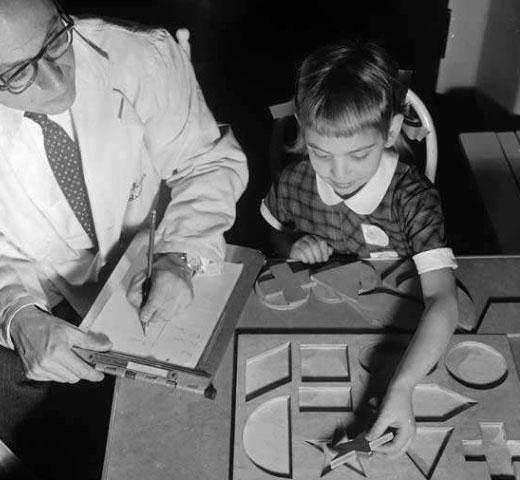
Born Feb. 5, 1924, in Butte, Nebraska, Don Clifton later attended the University of Nebraska-Lincoln on a Regents Scholarship.
After serving in WWII, he returned to the university to study and teach educational psychology.
During that time, Clifton and his colleagues started the Nebraska Human Resources Research Foundation, which served as a community service to students and a laboratory for graduate students to practice strengths-based psychology.
It was there where Clifton discovered that successful students -- those who persisted to graduation -- had notably different character traits than less successful ones, a finding that informed other hypotheses he would eventually study.
1988
SRI Merges With Gallup

Don Clifton taught educational psychology at University of Nebraska-Lincoln from 1950 to 1969. In the years following, he helped start Selection Research Inc. (SRI).
In 1988, SRI, which focused on customer research and personnel selection, merged with the famous polling firm Gallup. The resulting organization retained and grew its public opinion research operations while leveraging the SRI customer and employee expertise to form a management consultancy that now offers global analytics and advice on almost everything important to humankind.
It was during this time that Clifton developed hundreds of predictive instruments that could identify top performers for specific jobs within an organization's unique culture. These scientifically validated instruments were designed to place the best talent in the right position in a specific company.
But there was something missing…
1995
Soar With Your Strengths Breaks New Ground
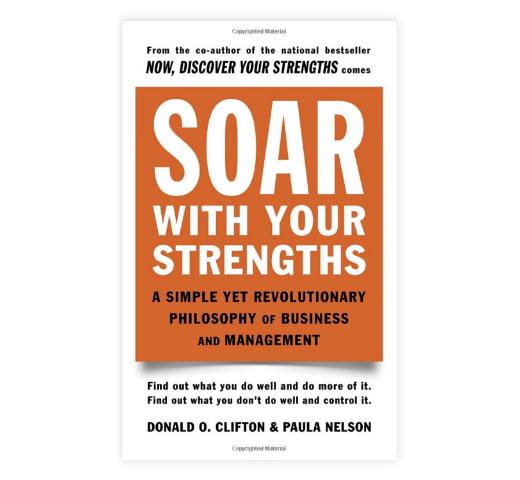
The ability to identify great talent for an organization was not always helpful for the individual. So, in the mid-90s, Don Clifton was developing an assessment to identify specific traits and a framework for developing those traits to benefit the individual. He labeled those traits "strengths."
During this time, Clifton coauthored Soar With Your Strengths, his pioneering work that first brought his science of strengths psychology to the larger public.
Throughout the book, Clifton establishes the powerful premise on which the CliftonStrengths movement would grow: Companies, leaders and those they lead can achieve more by focusing on strengths rather than only on weaknesses.
1999
Gallup Launches the Clifton StrengthsFinder Assessment
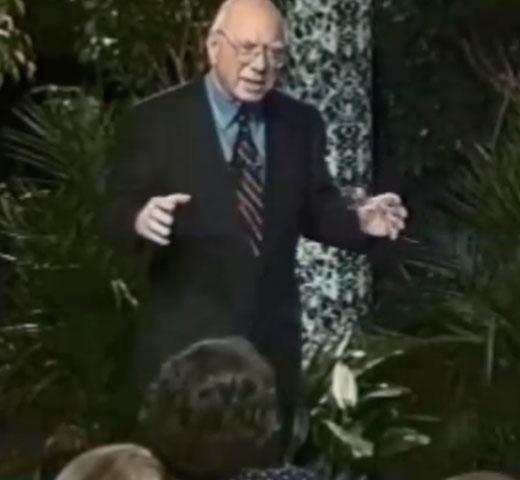
Don Clifton's journey to create the Clifton StrengthsFinder culminated near the turn of the century.
Clifton heeded the recommendations of Dr. Phil Stone, a Harvard psychology professor who suggested the assessment be designed for the coming digital age and employ a modified ipsative scoring algorithm, rather than normative scoring.
The result was the initial version of the Clifton StrengthsFinder assessment conducted in 1999, an objective measure of personal talent that could be administered online in less than an hour.
18,763 people completed the Clifton StrengthsFinder assessment that year -- the beginning of a movement that would forever change the landscape of human development…
2001
Now, Discover Your Strengths Hits Shelves
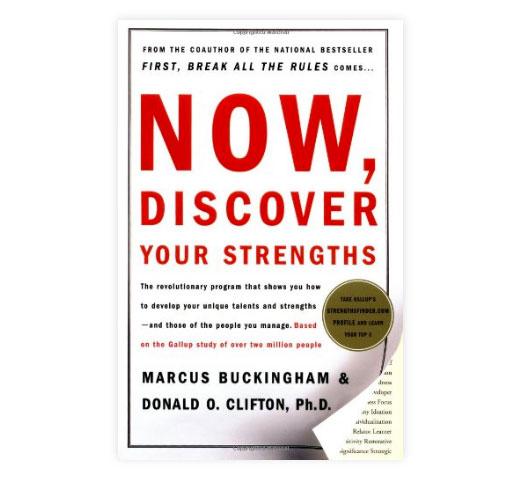
It wasn't until 2001's Now, Discover Your Strengths that Don Clifton paired one of his books with his online talent assessment.
The result was a revelation: People around the world could discover their natural talents by picking up a copy of the book, taking the Clifton StrengthsFinder assessment online and reading their personalized report.
The book became an international bestseller and paved the way for Gallup to later establish its Press division, which has published numerous bestsellers in the fields of positive psychology, strengths-based development, and workplace analytics and advice.
2004
Clifton's Work Advances Fields of Strengths-Based & Positive Psychology

Following Don Clifton's death in 2003, Gallup published How Full Is Your Bucket?, a book coauthored by Clifton and his grandson Tom Rath.
This bestseller brought the power of Clifton's positive psychology research to millions of people in thousands of workplaces and classrooms through the simple metaphor of a dipper and a bucket.
How Full Is Your Bucket? also further cemented Clifton's legacy as a preeminent leader in the field of psychology, as evidenced by the American Psychological Association honoring him with a Presidential Commendation as the Father of Strengths-Based Psychology shortly before his death.
2007
Gallup Publishes StrengthsFinder 2.0

In 2006, Gallup researchers completed a comprehensive review of the Clifton StrengthsFinder psychometrics. Their work led to a revision of the assessment.
To bring this new version of the assessment to the world, and to share new stories and strategies for applying strengths, Gallup published StrengthsFinder 2.0.
StrengthsFinder 2.0 revolutionized the practice of strengths-based development. Readers completed the new version of the assessment and received their Strengths Insights Guide -- a personalized set of insights that explain exactly how each of a person's top five CliftonStrengths make them stand out in the world.
StrengthsFinder 2.0 is the bestselling business book ever and Amazon's bestselling nonfiction book of all time.
2012
Gallup Accelerates the CliftonStrengths Movement

As millions of people globally were reading StrengthsFinder 2.0 and taking the Clifton StrengthsFinder assessment each year, Gallup recognized an opportunity.
Those millions of people needed to share the power of their strengths with others. And those millions needed help developing their strengths and using them to maximize their personal and professional potential.
So, Gallup brought the Clifton StrengthsFinder assessment directly to consumers. The company began educating and teaching leaders throughout the world to become Gallup-Certified Strengths Coaches. And these coaches brought the power of strengths-based development to every corner of the globe.
Today
The CliftonStrengths Movement Continues

In 2015, Gallup changed the name from Clifton StrengthsFinder to the CliftonStrengths assessment.
In 2018, Gallup introduced the CliftonStrengths 34 Report -- the most extensive strengths-based development guide ever created.
And in 2019, Gallup published It's the Manager, its latest bestseller.
Meanwhile, from the offices of Fortune 500 companies to the classrooms on thousands of school campuses, millions of people every year are discovering exactly what Don Clifton set out to share with them when he started his work more than six decades ago.
They know what is right with them, and they have the opportunity to use their CliftonStrengths to maximize their infinite potential.
The CliftonStrengths Movement Continues to Accelerate
More than 90% of Fortune 500 companies have used CliftonStrengths to bring the power of strengths-based development to their workplace culture.
Every year, more organizations of all sizes give leaders and their teams the chance to become great at what they're naturally good at.
Millions of people around the world complete the CliftonStrengths assessment each year.
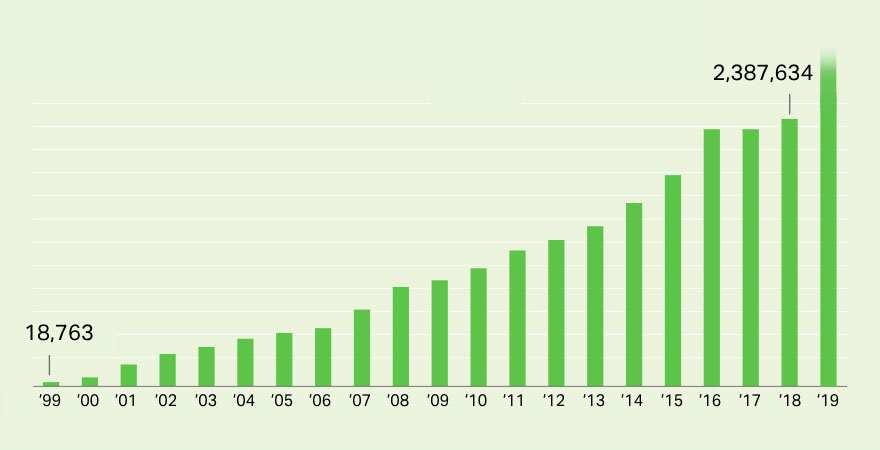
The result is a growing movement that is empowering people across the globe to focus on using their CliftonStrengths, instead of only fixing their weaknesses.
Watch How People Aim Their Purpose at Performance
Hear from people who use the CliftonStrengths assessment to discover what they do best and use those talents to make themselves and their teams better.
Experience the Power of CliftonStrengths
Visit store.gallup.com to find everything you need to bring the power of strengths-based development to your team and organization.
